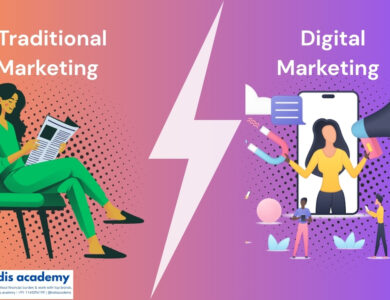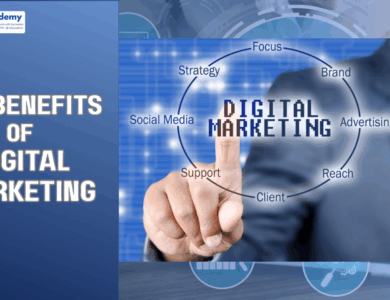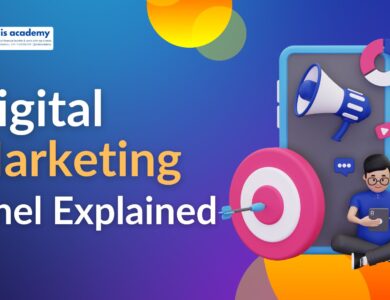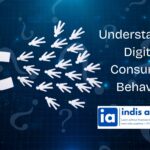Omnichannel Marketing Strategy: Integrated User Journey
Learn how to build a seamless omnichannel marketing strategy. Discover how to integrate channels and design a unified user journey for better conversions.
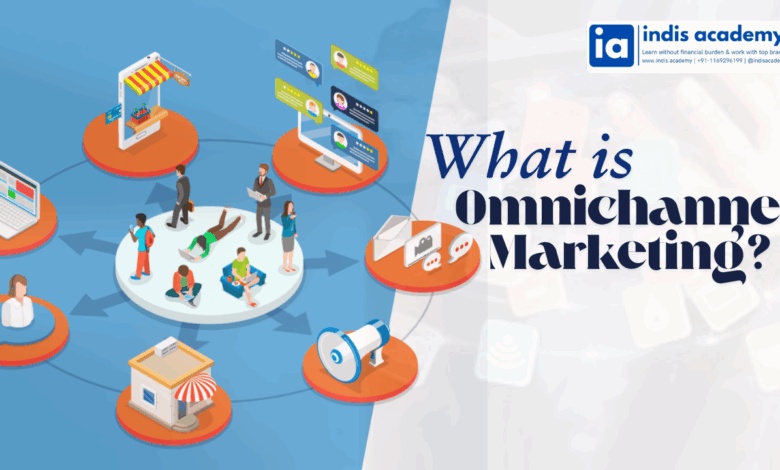
In today’s dynamic digital economy, omnichannel marketing has emerged as a cornerstone strategy for brands that aim to deliver seamless and personalized experiences across all customer touchpoints. Unlike multichannel approaches, where channels function in silos, omnichannel strategies are integrated, data-driven, and focused on user behavior throughout the journey.
What is Omnichannel Marketing?
Omnichannel marketing is a strategic approach that integrates all online and offline channels to create a consistent and personalized customer experience. Whether a customer interacts via a mobile app, a retail store, a website, or social media, the messaging, data, and experience remain unified.
This interconnected approach enhances brand loyalty, increases conversion rates, and improves customer lifetime value (CLV).
Why Omnichannel is Non-Negotiable Today
Consumers today expect continuity. According to research, over 73% of consumers use multiple channels during their shopping journey. If your brand isn’t synchronizing these touchpoints, you risk losing relevance and sales.
With hyper-personalization, real-time data, and AI-powered analytics, the omnichannel model empowers businesses to anticipate customer needs and respond intelligently.
Core Components of an Effective Omnichannel Strategy
1. Centralized Customer Data
The heart of any omnichannel approach is centralized and unified customer data. This includes:
- Purchase history
- Browsing behavior
- Social media engagement
- Email interactions
- Support conversations
This data must flow seamlessly between platforms, stored in a CRM or CDP (Customer Data Platform) that integrates with all marketing and sales tools.
2. Consistent Messaging Across Channels
Every channel—from email marketing, push notifications, and PPC ads to in-store displays—should reflect a cohesive brand voice. This consistency builds trust and reinforces messaging.
For instance, if a user receives an offer via SMS and later sees a contradictory message on Instagram, it creates confusion and dilutes brand credibility.
3. Personalization at Scale
Omnichannel doesn’t just mean being everywhere—it means being relevant everywhere. Using AI and behavioral data, brands can customize:
- Product recommendations
- Email sequences
- Retargeting ads
- In-app experiences
For example, an abandoned cart email followed by a Facebook ad and an in-app reminder should all highlight the same product and offer.
4. Real-Time Channel Synchronization
Timeliness is everything. The omnichannel ecosystem must update in real-time:
- If a product goes out of stock online, the same must reflect on mobile apps and in-store kiosks.
- A change in shipping status must be updated across email, SMS, and account dashboards.
This synchronicity ensures a frictionless experience, especially during high-intent purchase phases.
Mapping the User Journey Across Channels
Understanding your customer’s journey is crucial to omnichannel success. A typical user might go through the following phases:
1. Awareness
Channels involved: SEO blog articles, YouTube videos, Google Ads, Instagram Reels
Goal: Grab attention and educate.
Strategy: Deliver high-value content tailored to the customer’s intent. Keyword-optimized blog posts, influencer partnerships, and how-to videos are ideal here.
2. Consideration
Channels involved: Retargeting ads, email drips, comparison guides
Goal: Build trust and overcome objections.
Strategy: Use dynamic retargeting ads, feature comparisons, testimonials, and live chat to assist decision-making.
3. Purchase
Channels involved: Website, mobile app, in-store visit
Goal: Seamless transaction and trust confirmation
Strategy: Ensure a unified checkout experience across platforms. Offer easy returns, multiple payment methods, and consistent pricing.
4. Post-Purchase
Channels involved: Email, WhatsApp, customer service, loyalty apps
Goal: Encourage loyalty and referrals
Strategy: Send follow-up emails, request reviews, provide loyalty points, and offer exclusive previews of new launches.
5. Retention and Advocacy
Channels involved: Community forums, VIP events, referral programs
Goal: Turn customers into brand ambassadors
Strategy: Create insider programs, exclusive invites, and content-sharing challenges to keep users engaged.
Top Technologies Powering Omnichannel Experiences
To execute a powerful omnichannel strategy, businesses must leverage the right tech stack. Some must-have tools include:
- Customer Data Platforms (CDPs): Segment, Tealium, Salesforce CDP
- Email Automation: Klaviyo, Mailchimp, ActiveCampaign
- CRM Software: HubSpot, Zoho CRM, Pipedrive
- E-commerce Platforms: Shopify Plus, BigCommerce, Magento
- Analytics & Attribution: Google Analytics 4, Mixpanel, Triple Whale
- AI Chatbots & Personalization: Drift, Tidio, Dynamic Yield
These tools allow teams to build predictive models, run A/B tests, and trigger personalized workflows in real-time.
Also Read:
- History of Digital Marketing – How It All Began and Where It’s Headed
- Growth Hacking vs Digital Marketing: Which One Drives Faster Results?
Challenges in Omnichannel Implementation (And How to Overcome Them)
1. Siloed Data Systems
Many businesses still operate on legacy systems that don’t communicate with each other. Solution: Invest in integration-friendly platforms or use middleware APIs like Zapier or Make.
2. Channel Fragmentation
Too many channels can dilute efforts if not managed properly. Solution: Use a centralized marketing hub or CMS to control messaging from one dashboard.
3. Measuring ROI
Attributing sales to the correct channel is often complex. Solution: Use multi-touch attribution models to assess each touchpoint’s role in conversions.
Future Trends in Omnichannel Marketing
-
Voice Commerce Integration with platforms like Alexa and Google Assistant
- AI-Driven Hyper-Personalization across micro-moments
- Augmented Reality (AR) Shopping Experiences
- Blockchain-Powered Loyalty Programs
- Predictive Customer Service Using AI Chatbots
As AI, IoT, and machine learning evolve, omnichannel experiences will become more anticipatory, removing guesswork from the customer journey altogether.
Conclusion: Build Relationships, Not Just Funnels
In a world where attention is the new currency, brands that deliver cohesive, personalized, and frictionless experiences across all channels will rise above the noise. Omnichannel marketing is not just a tactic—it’s a culture shift toward customer-centricity.
It’s not about being everywhere. It’s about being right there, exactly when and where your customer needs you—every single time.

